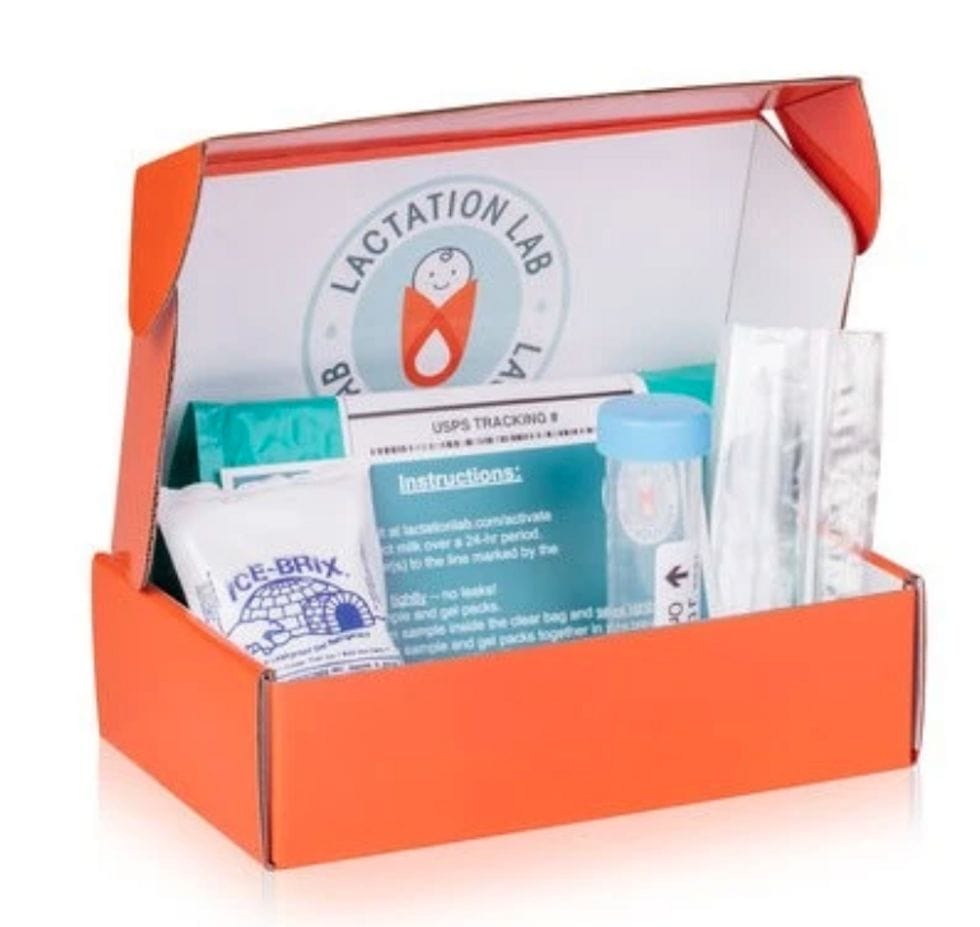I had my breast milk analyzed—and it was surprising

I now know how many calories are in every ounce I pump.
As a mom of three under 3, my last three years of life have been consumed by feeding babies. That’s especially true given all the difficulties my children had at gaining weight when they were tiny newborns, which was so anxiety inducing to me.
Their struggles meant that I went from breastfeeding to exclusively pumping for all of them in order to measure exactly how many ounces of milk they were consuming. I’ve logged so many hours of pumping (maybe even months worth) , so many feeds, tracked every little thing they did. With my son, I gave up tracking once he moved to formula—he eventually outpaced my production and going back to work meant I didn’t have time to keep up. With my twins, we are almost six months in and I’m still going strong on the logging—which sometimes overwhelms my partner.
All of these years of pumping, logging, bottle feeding, tracking weight, getting anxious about pediatrician appointments, knowing everything about percentile curves made me feel like my milk is inadequate for my babies. Google is never your breast friend, and it was especially true for me when it told me babies should be drinking a certain amount of ounces per day. My twins were not within that range and that opened the floodgates to mom guilt over and over again.
My pediatrician assured me the babies were doing just fine and getting all the calories they needed in a day, however I couldn’t stop thinking about my milk, and how maybe it just wasn’t enough. So when I had the chance to have my milk tested by Lactation Lab I jumped on it as fast as I could.
Lactation Lab breastmilk test

Created by moms for moms, this basic kit tests for four key components: calories, carbohydrates, protein and fat.
The Lactation Lab was founded to empower breastfeeding moms to optimize their children’s nutrition by providing scientific data on the composition of their milk.
The process is very simple: I collected pumped milk from several different pumps during the day in a small tube they send you. The idea behind collecting milk from different pumps and not just from one is that your breast milk changes during the day/pump and this allows them to better analyze it. You then freeze the milk and a freezy pack they send. The next day you put it all in a box and ship it through your local mail courrier, wait (as patiently as you can) for a week and your results will be in your inbox. What they test for is super extensive , but I was mostly curious about calories per ounce to see if my liquid gold was indeed… gold.
The results truly surprised me. My report showed that my milk has 23.4 calories per ounce, and for reference, formula has 20 calories per ounce. This gave me peace of mind that the twins were getting enough nutrition from my milk, and maybe even explained why they were eating less ounces a day than what Google said (and reminder, my pediatrician had no concerns about their growth or intake).
The report also gave me a ton of recommendations for my diet. For example, my protein level in milk was within normal ranges but towards the lower end so they included recommendations of what I could eat to increase it.
I won’t deny that I’m the first one to stress about all the motherhood related things, but also I like to admit when I come across cool things that put my mind at ease. Lactation Lab is one of those, a way to use science to help breastfeeding moms know how they are doing (great, that’s how we are doing!)
We independently select and share the products we love—and may receive a commission if you choose to buy. You’ve got this.


































